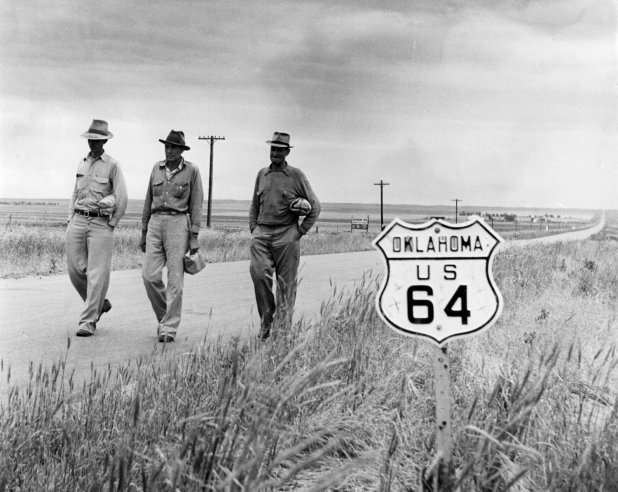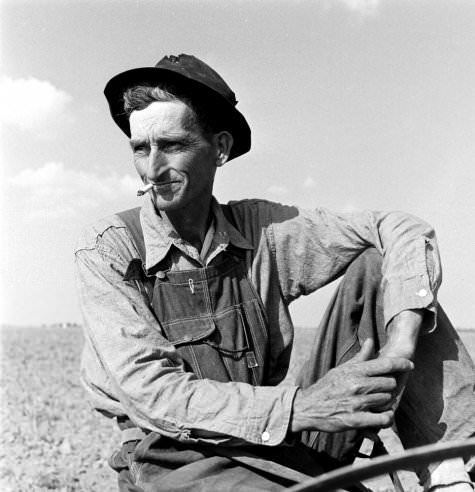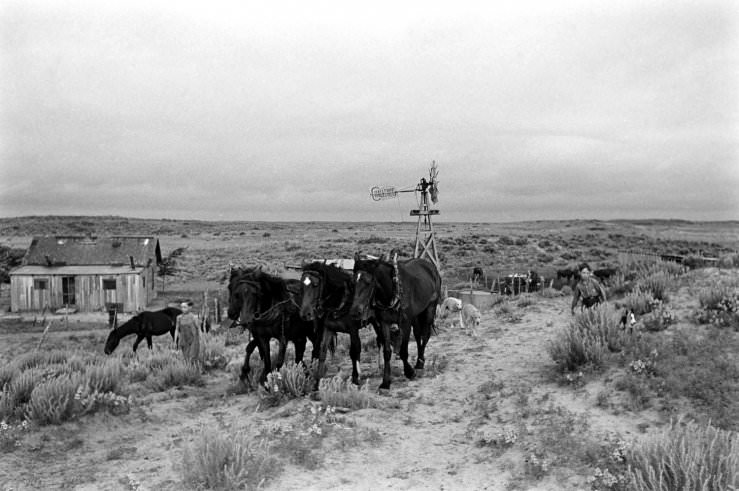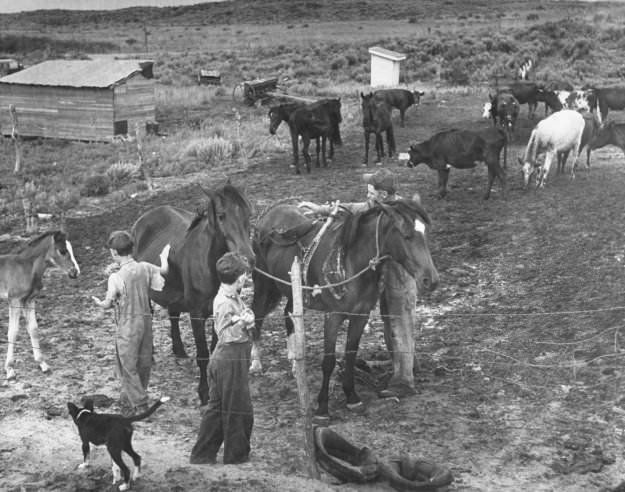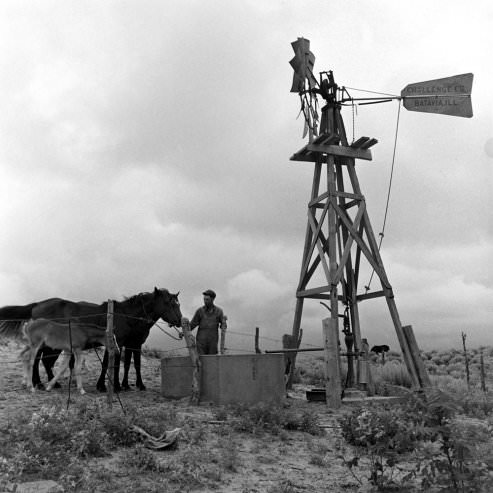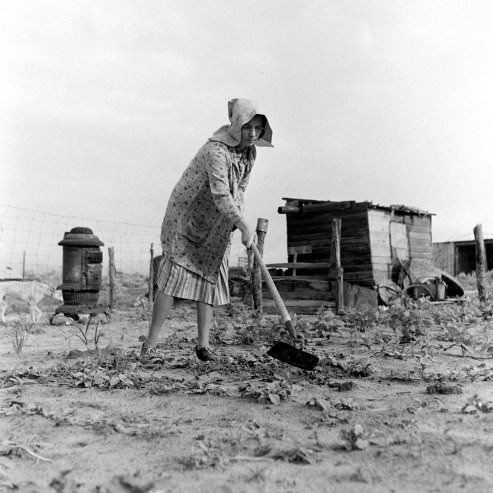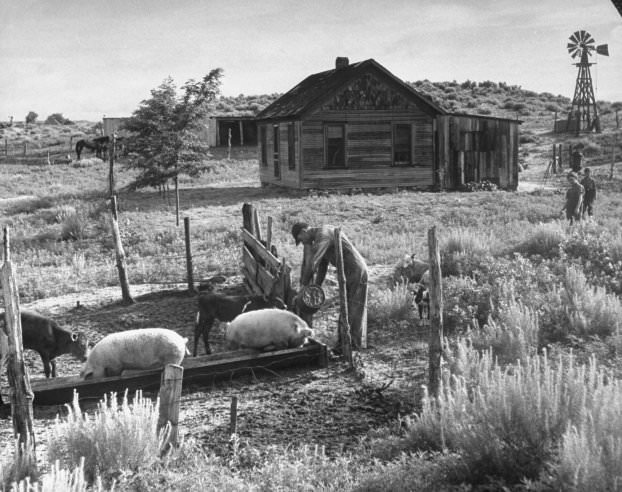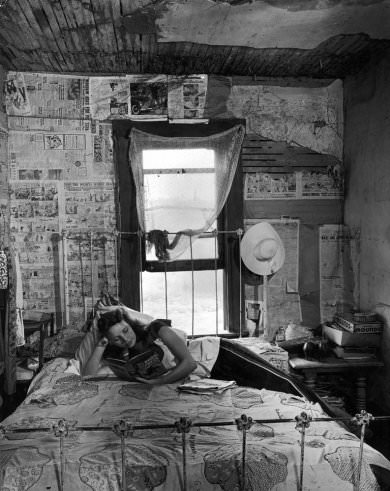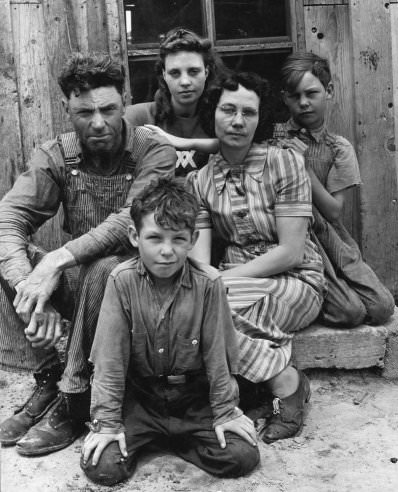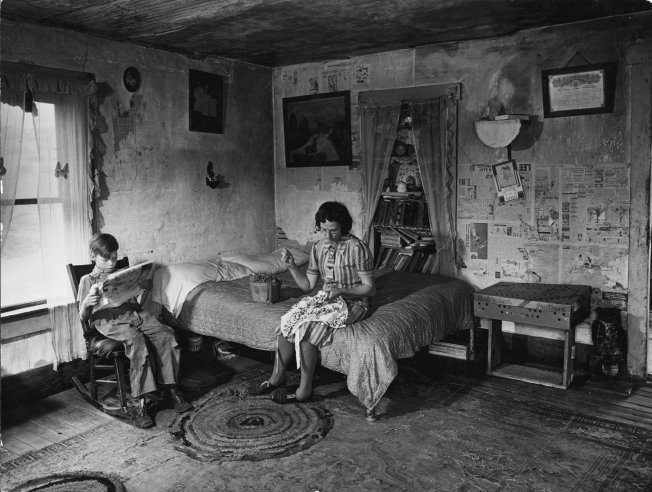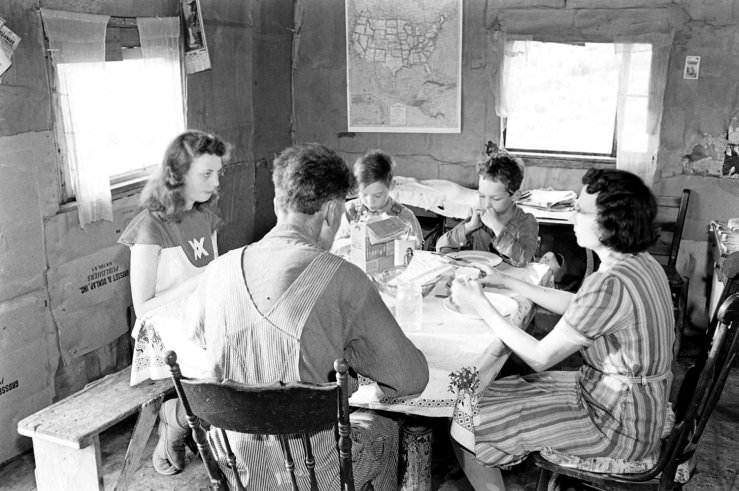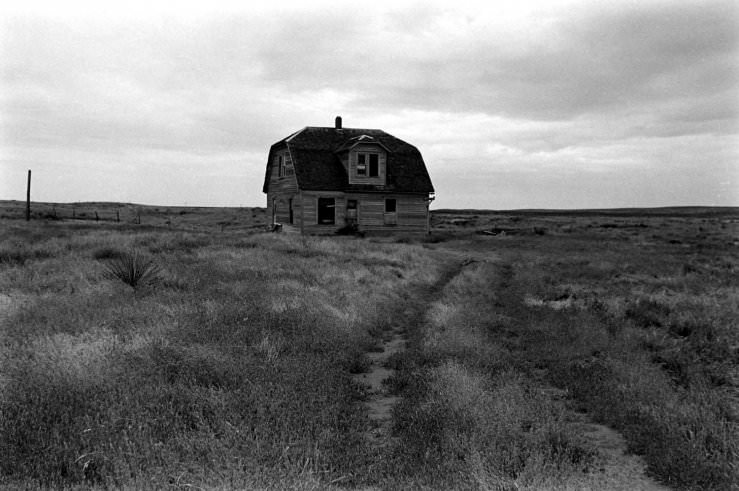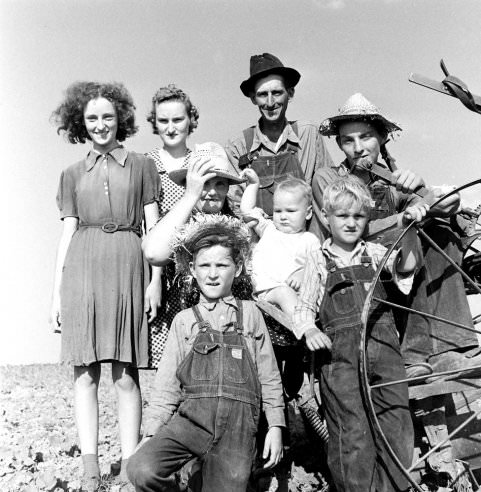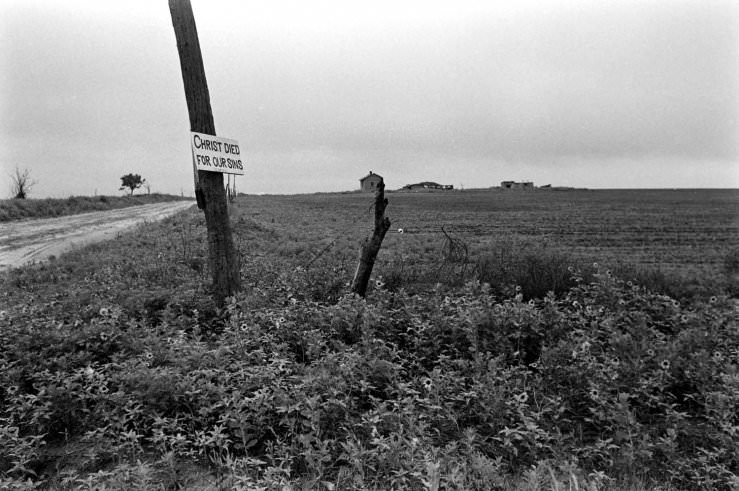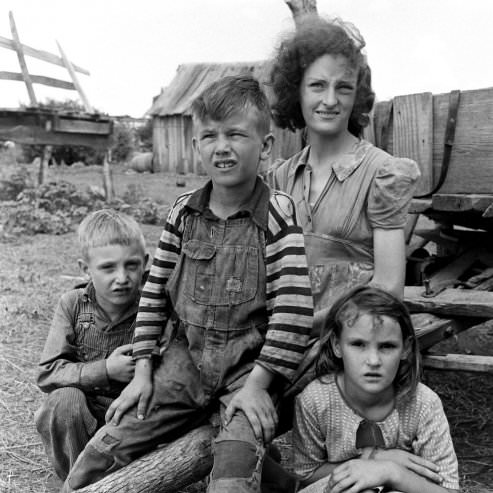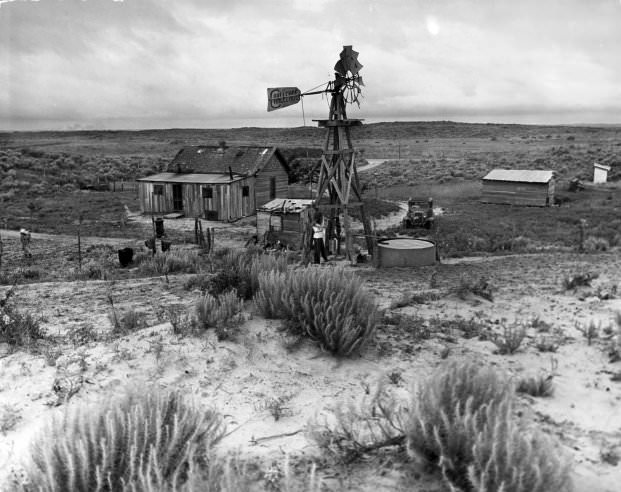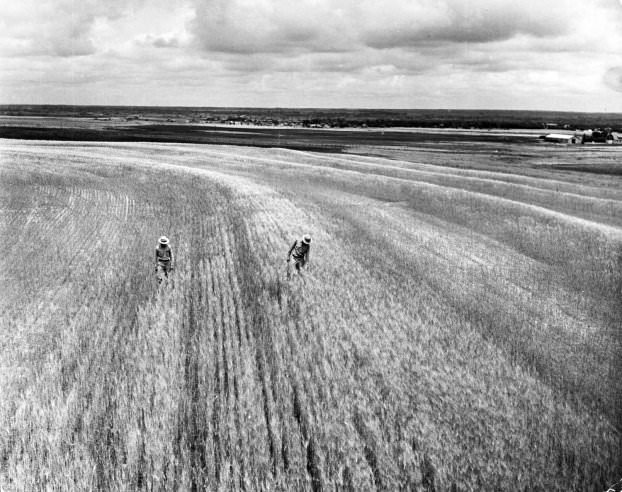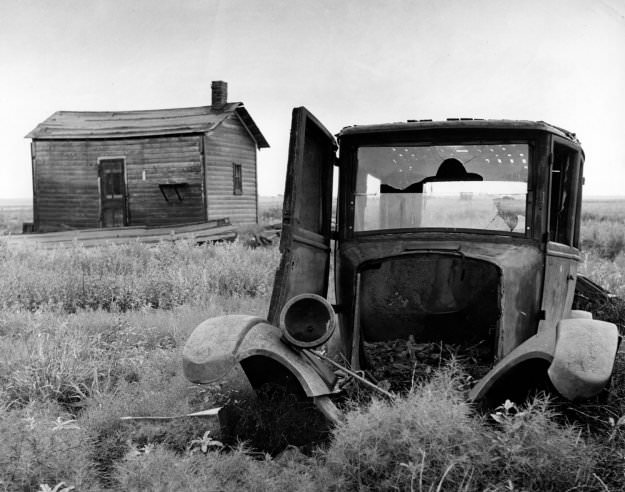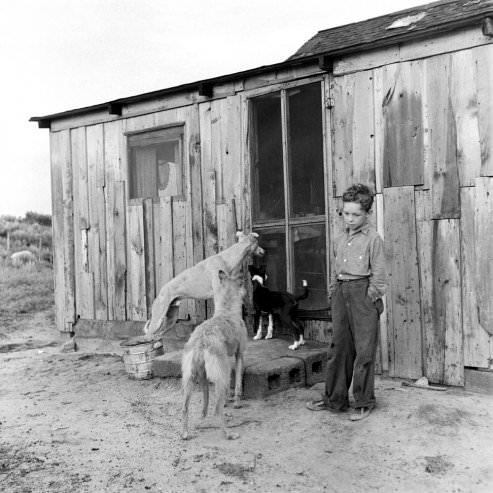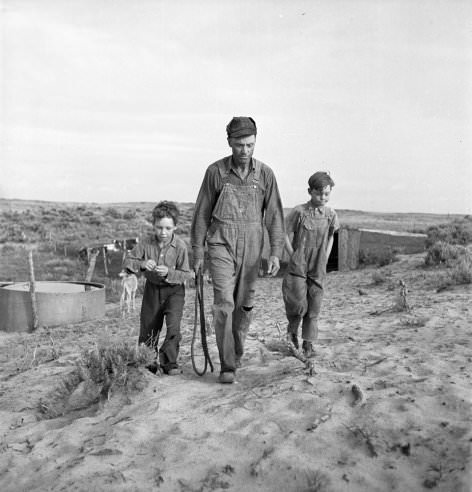In the early 1940s, life for farmers in Oklahoma was tough but rooted in hard work. The state had faced years of hardship during the Dust Bowl in the 1930s, when severe drought and poor farming practices turned much of the land into a wasteland of dust storms and failed crops. By the 1940s, some recovery had begun, but the effects of the Great Depression were still being felt. Farming families worked long hours, managing their land and livestock to survive and, hopefully, thrive.
Oklahoma farmers during this period typically grew crops such as wheat, cotton, corn, and sorghum. These crops were essential to their livelihood, but farming them required careful attention to the land. Farmers had to become more aware of soil conservation techniques after the devastation of the Dust Bowl. Crop rotation and contour plowing were some of the methods introduced to prevent soil erosion and to keep the land fertile. Farmers also started planting more trees to act as windbreaks, protecting their fields from the winds that had once blown away their topsoil.
Life on the farm was highly labor-intensive. Most Oklahoma farms were family-run, and everyone in the household had a role to play, including children. The day often started before sunrise, with chores that included feeding livestock, milking cows, and tending to the crops. Horses and mules were still used for plowing fields, though some farms had begun adopting tractors and other machinery by the 1940s. However, machinery was expensive, and many small farmers could not afford it, so they relied on traditional methods.
Read more
The weather remained a constant challenge. While the Dust Bowl years had passed, Oklahoma’s climate was unpredictable. Droughts, floods, and storms could easily ruin a season’s work. Farmers had to be prepared for anything, and crop failures were a real possibility. Rain was always welcome, but too much at the wrong time could wash away newly planted seeds, while too little could dry up the fields before harvest. This uncertainty made farming a risky business, and many farmers lived with little financial security.
Farmers in Oklahoma were also part of a larger rural community. Neighbors often helped one another with large tasks, such as harvesting or building barns. Barn raisings were a common event, where many families came together to construct a barn for one family in a single day. These gatherings were not just about work; they were a chance for socializing, sharing news, and supporting each other through difficult times.
Families in rural Oklahoma lived a simple but demanding lifestyle. Water often came from wells, and houses were heated by wood-burning stoves. Electricity was available in some areas thanks to the New Deal programs of the 1930s, but many farms were still without it in the early 1940s. Without modern conveniences like refrigerators, food preservation was an important task. Women on the farm spent much of their time canning fruits and vegetables, baking bread, and preparing meals from scratch. Meat was often cured or smoked to keep it from spoiling.
Children on the farm had responsibilities from a young age. Boys typically helped in the fields, while girls assisted with household chores. School was still important, but many children had to balance their education with farm work. During harvest season, it was not uncommon for children to miss school to help their families. Schoolhouses were often small and served multiple grades in a single room. Despite this, education was valued, and many families encouraged their children to learn as much as they could.
World War II had a significant impact on farm life in Oklahoma. The war effort created a demand for more agricultural products, as the United States supplied food for its military and allies. This caused an increase in production, which benefited some farmers financially. However, the war also meant that many young men left the farms to fight overseas, leaving fewer hands to do the work. Women and older men had to take on additional responsibilities to keep the farms running. Some farms also employed migrant laborers to help with the increased demand for crops.


